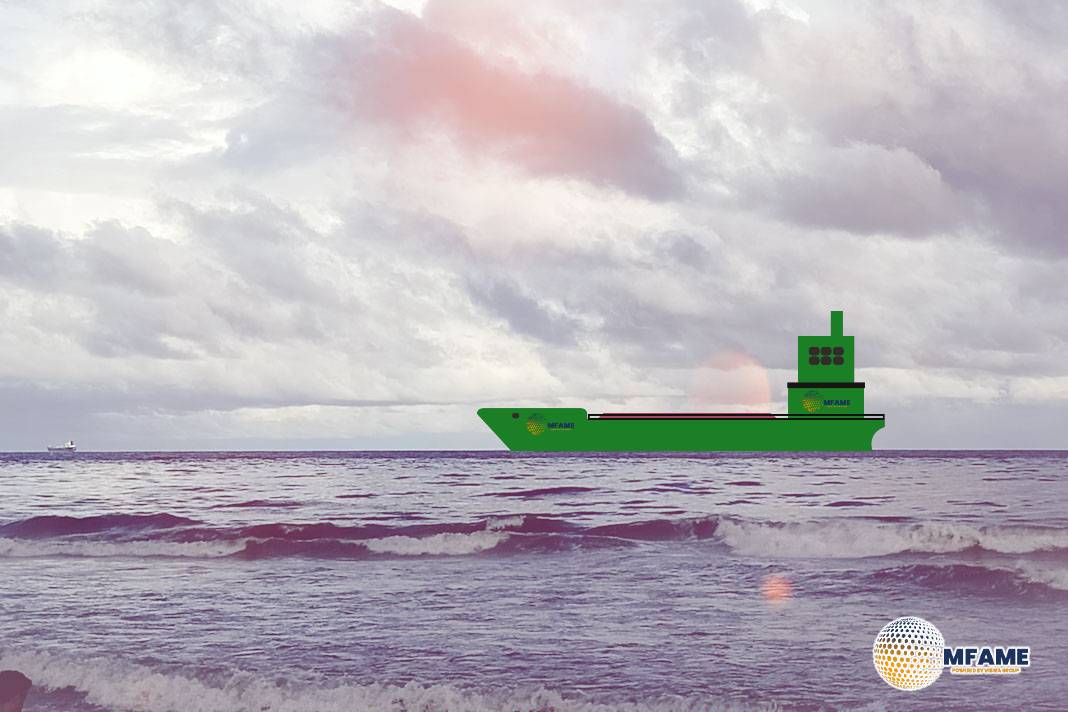- Hanwha plans to reflag Korean-built LNG carriers under the U.S. flag.
- The move aligns with recent U.S. regulatory changes promoting American-flagged vessels.
- Hanwha is investing heavily in U.S. shipbuilding, including a new LNG carrier program.
South Korea’s Hanwha is initiating a bold move to reflag several of its Korean-built liquefied natural gas (LNG) carriers under the U.S. flag, reports gCaptain.
This effort marks a significant step by the company to align with emerging U.S. maritime policy that favors American-flagged vessels in international trade and energy security strategy. Hanwha has already started technical evaluations to determine the feasibility of the reflagging process.
Strategic Reflagging Initiative
The reflagging effort is being made possible by recent changes in U.S. Coast Guard regulations, which streamline the process for foreign-built vessels to operate under the U.S. flag. These updates allow shipping companies to bring foreign-built ships under U.S. registry through the Alternative Compliance Program, without requiring them to meet the full extent of Jones Act requirements for domestic trade. Although these ships will not be permitted to transport goods between U.S. ports, they will be eligible for international operations under the U.S. flag.
This reflagging plan is just one part of Hanwha’s broader strategy to establish a strong maritime footprint in the United States. In late 2024, the company acquired Philly Shipyard, marking a significant step toward building American-flagged vessels domestically. Since then, Hanwha has announced major investments aimed at modernizing and expanding the shipyard’s capacity, with a long-term goal of producing up to ten ships per year by 2035.
First U.S.-Built LNG Carrier in the Works
In addition to reflagging existing ships, Hanwha is preparing to construct the first LNG carrier ever built in the United States. This project responds to emerging policy requirements from U.S. trade authorities that seek to mandate a growing portion of LNG exports be transported on U.S.-built and flagged vessels. The construction of such advanced vessels domestically represents both a technical challenge and a major milestone for U.S. maritime infrastructure.
Despite Hanwha’s ambitious plans, skepticism persists across the maritime industry. Many experts question whether U.S. shipyards currently possess the technical capability or workforce to meet demand for LNG carriers at a competitive scale and timeline. However, Hanwha’s dual-track strategy of reflagging and building ships on U.S. soil positions it as a key player in the evolving landscape of American maritime logistics and energy exports.
Did you subscribe to our daily Newsletter?
It’s Free Click here to Subscribe!
Source: gCaptain
















